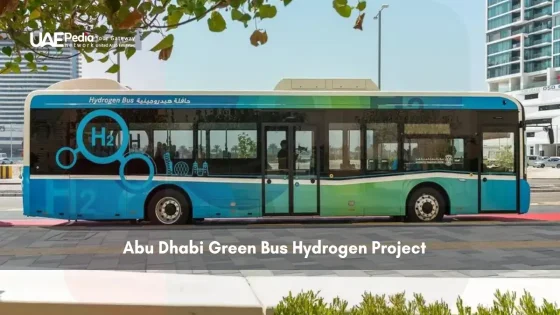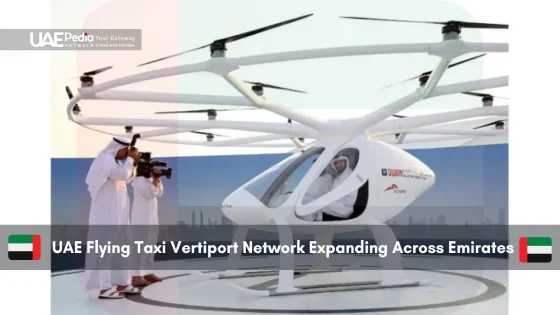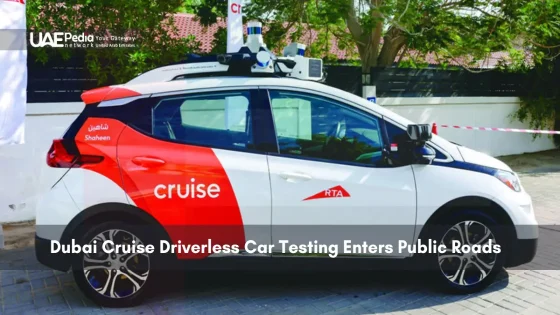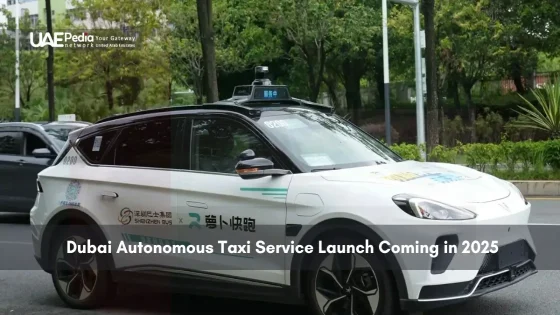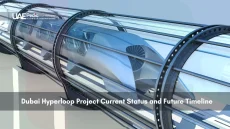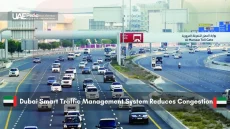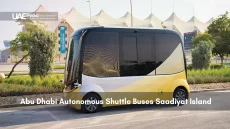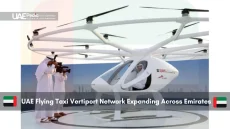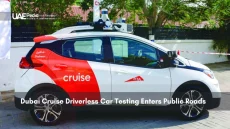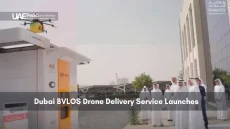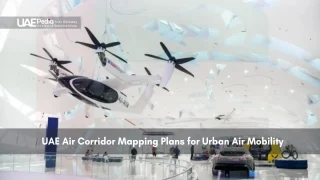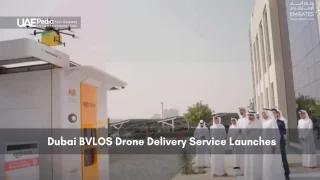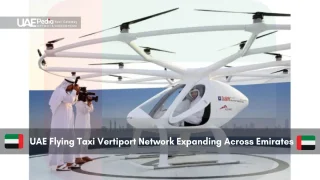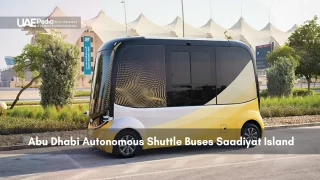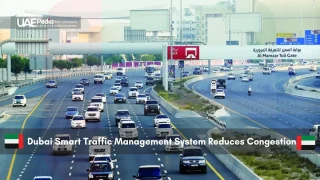What if a single public transit initiative could slash annual carbon emissions by over 100,000 metric tons? The emirate’s streets are quietly answering that question with sleek buses gliding past sand-colored skyscrapers—no diesel fumes, just whispers of progress.
This groundbreaking mobility shift centers on Route 65, where hydrogen-electric hybrids now connect Marina Mall to Al Reem Island. Backed by the Integrated Transport Centre, these vehicles aren’t just prototypes—they’re active players in a 19-month trial refining everything from battery life to passenger comfort in desert climates.
Local engineers work alongside global experts, blending Korean tech with Emirati sun-resilient designs. It’s more than machinery—it’s upskilling programs sending teams from Khalifa University to Seoul’s research hubs, ensuring homegrown talent leads tomorrow’s transport revolution.
By 2030, this visionary roadmap aims to weave 42,000 electric vehicles into urban grids, supported by 240+ charging stations. Imagine date palms shading EV ports where camels once roamed—a perfect metaphor for the region’s balanced stride toward innovation.
- Hydrogen-electric buses actively reduce emissions while maintaining traditional transit reliability
- Route 65 serves as real-world testing ground for extreme weather performance data
- Global partnerships accelerate local expertise through hands-on training programs
- 2030 targets align clean energy investments with practical urban mobility needs
Pioneering Sustainable Public Transport Initiatives in Abu Dhabi
Route 65 isn’t just a transit path—it’s a proving ground where tomorrow’s mobility solutions meet today’s commuters. The Integrated Transport Centre (ITC) recently launched its flagship green bus programme, blending renewable energy tech with urban practicality. Think of it as a symphony where solar-charged batteries harmonize with hydrogen cells, all conducted by local engineers.
Integrated Transport Centre and Green Bus Service Overview
The ITC’s initiative operates like a choose-your-own-adventure for clean energy. Electric buses handle shorter hops with rapid charging, while hydrogen models tackle longer routes. This dual approach ensures reliability whether you’re grabbing groceries or commuting to work.
| Technology | Energy Source | Range |
|---|---|---|
| Electric Buses | Solar-Powered Charging | 180 km |
| Hydrogen Hybrids | Hydrogen Fuel Cells | 400 km |
Route Deployments: From Marina Mall to Al Reem Island
Marina Mall to Al Reem Island isn’t just a scenic drive—it’s a 19-kilometer innovation corridor. New charging stations disguised as palm-shaded rest stops dot the route. Real-time tracking apps show arrival times down to the second, because nobody likes guessing games in 40°C heat.
Local teams partner with Korean tech firms to tweak battery performance for desert conditions. It’s like fitting a Tesla with camel-level endurance—practical magic at work. This collaboration ensures every upgrade serves both the environment and the passenger experience.
In-Depth Look at the abu dhabi green bus hydrogen project
Picture a vehicle that laughs at 122°F temperatures while sipping energy like iced karak. That’s what engineers achieved through 8 months of real-world testing along coastal routes. The secret? A dynamic duo of power sources working smarter, not harder.
Performance: Sandstorm Survivors
Hydrogen models outlasted electric counterparts by 40% in summer trials. Their secret weapon? Fuel cells that convert 60% of energy into motion versus 45% for batteries. Check the numbers:
| Metric | Hydrogen | Electric |
|---|---|---|
| Range in heat | 340 miles | 210 miles |
| Recharge time | 8 minutes | 2.5 hours |
| Passenger capacity | 52 seats | 48 seats |
But electric buses shine in stop-and-go traffic. Regenerative braking recaptures 30% of energy—perfect for crowded downtown routes.
Tech That Thrives in Thawb Weather
Specialized cooling systems prevent battery meltdowns. Solar-reflective paint keeps interiors 15°F cooler. One engineer grinned: “We basically gave these vehicles camel DNA—built for endurance.”
The payoff? Each hydrogen unit cuts 135 tons of CO₂ yearly. That’s like planting 3,200 ghaf trees per bus. Air quality sensors along Route 65 already show 22% cleaner air since November.
Future models will harvest solar energy from bus stop canopies. Because here, even shade works overtime. This isn’t just transit evolution—it’s a blueprint for hot-climate cities worldwide.
International Partnerships and Training for a Greener Mobility Future
Imagine a classroom where engineers from Seoul swap notes with Emirati technicians under palm-frond solar panels. That’s the scene at Khalifa University’s mobility lab, where global knowledge meets local grit. The region’s transport revolution thrives on cross-border teamwork—think Swiss precision meets Bedouin resourcefulness.
Collaborative Training and Skill Development
Hyundai UAE recently shipped 12 hydrogen-powered units—not just vehicles, but mobile classrooms. Trainees disassemble fuel cells alongside mentors from Munich, mastering tech that could soon cool entire neighborhoods. One engineer joked, “We’re basically teaching buses to breathe like camels—efficient and tough.”
Global Insights from the Electric Vehicles Summit 2025
At last month’s summit, a panelist revealed: “Autonomous shuttles will handle 40% of short trips by 2027.” Dubai’s Roads and Transport Authority demoed AI route planners that adjust for sandstorms in real time. The takeaway? Smart infrastructure matters as much as the vehicles themselves.
Innovative Pilot Projects Driving the Transition
Check out the new charging stations doubling as date farms—solar panels shade crops while powering buses. Or the autonomous shuttles ferrying tourists between heritage sites, their batteries charged by footsteps from busy souks. These aren’t sci-fi dreams; they’re live trials reshaping how cities move.
- South Korean experts co-develop desert-optimized battery cooling systems
- German engineers train Emirati teams on hydrogen safety protocols
- Solar-powered depots reduce grid reliance by 65% during peak hours
The transport centre’s latest upgrade? VR simulators letting drivers practice in digital sandstorms. Because here, even training sessions sweat the details—literally. This global-local mashup proves sustainability isn’t a solo sport; it’s a relay race where every handoff counts.
Final Reflections on Abu Dhabi’s Commitment to Sustainable Mobility
Future generations might look back at this decade as the turning point—when clean transit shifted from concept to concrete reality. The emirate’s streets now hum with progress, blending global innovation with local wisdom like sand meeting sea.
Through initiatives like the EV Innovation Summit 2025, the Integrated Transport Centre has redefined what urban mobility looks like in extreme climates. Think of it as a recipe: one part performance-tested tech, two parts cross-border collaboration, and a generous dash of community-focused design.
What truly stands out? The smart, sweat-the-details approach. Charging stations shaded by date palms. Training programs where engineers master desert-ready tech. Routes refined through real-world data—because sustainability isn’t just about big leaps, but countless small steps.
This journey aligns perfectly with broader regional environmental targets, proving that clean transport fuels both economic growth and healthier cities. Each emission-free mile traveled isn’t just a statistic—it’s a promise kept to future residents.
As the programme evolves, one thing’s clear: the region isn’t chasing trends. It’s setting them. So stay tuned—the best routes are still being mapped.
These buses run on hydrogen-electric technology, combining hydrogen fuel cells with battery power to produce zero emissions. They’re part of a groundbreaking push to replace diesel vehicles, offering quieter rides and cutting air pollution while maintaining efficiency.
Routes connect key hubs like Marina Mall to Al Reem Island, with plans to expand to suburbs and business districts. The Integrated Transport Centre updates real-time schedules through their app, making it easy to hop on a green ride.
By slashing carbon footprints and testing scalable clean-energy solutions, the project aligns with the UAE Net Zero 2050 strategy. Each bus reduces CO2 emissions by up to 800 tons annually—equivalent to planting 32,000 trees!
Abu Dhabi’s pilot program sets a regional benchmark. Dubai has tested electric buses, and Sharjah is exploring hybrid options. Collaboration between emirates could accelerate a nationwide shift toward eco-friendly mobility.
Absolutely! Visitors can access routes linking cultural sites, malls, and waterfronts. Look for the sleek green-and-white design—they’re not just eco-smart but also equipped with free Wi-Fi and climate-controlled seating for comfort.
The Integrated Transport Centre partners with global experts to train Emirati engineers in hydrogen systems and AI-driven diagnostics. Workshops at the Electric Vehicles Summit 2025 will further share cutting-edge practices with regional teams.
